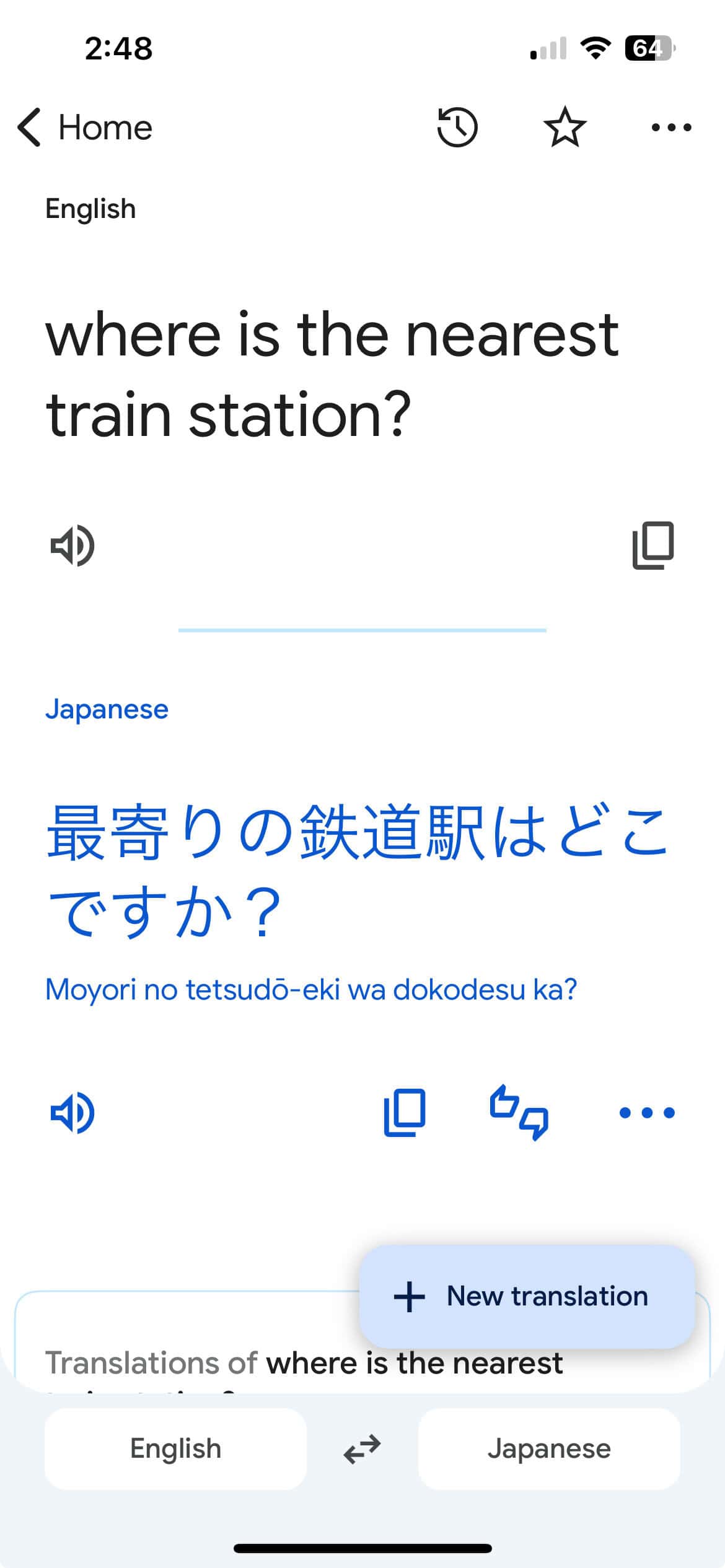

























This Very American Practice is Completely Offensive in Japan
Japan is a beautiful country, and it's absolutely having a moment right now. Once the travel ban for individual travelers was lifted in late 2022, people began booking flights and hotels and showing up in droves. I have a kid in college over in Kyoto, Japan, which means we have had reason to travel there several times. Each time I come back with more "Now we know for next time" moments. To save you from learning the same lessons we have, here are the most important things you need to know before you board your flight to Japan — including the No. 1 thing to avoid so as to not offend the locals.
Know When to Go
Japan has four distinct seasons — spring, summer, fall and winter. And each is vastly different. Depending on what you're hoping to see and do as well as your budget, you'll want to plan accordingly. For example, Japan is known for its amazing cherry blossoms and cherry blossom festivals. There are peak times when they're perfectly in bloom, and that is when a LOT of people go for a visit. The same is true for fall, when leaf peeping is simply stunning. The weather is ideal during both of these seasons, and both times are delightful times to go. On the other hand, if you're not a fan of the heat, avoid August in Japan like the plague. I have never felt more like I was baking in an oven than when we visited in August. And the opposite is true for winter. Brrrr!
Prepare for Exhaustion
Our experience in traveling to Japan is that when we arrive there, we actually adapt fairly quickly to the time difference. That said, it's a long flight, and you'll likely be exhausted from all of it when you first arrive. In terms of jet lag, it's on the way home that is the real kick in the tail. There are definitely things you can do to make it a little less impactful but just be prepared. It's doubtful you'll want to return to work the day after you get home from your trip.
Be Prepared to Walk and Schlep
When you're in Japan, you'll be walking. A lot! So leave your heels at home and make sure you bring the most orthopedically friendly shoes you have. There are public transit options galore, but you'll still log your miles getting to the train or bus stations and your intended destinations — or even AT the destination. Additionally, pack light because while there are escalators, you may be hauling your luggage up and down stairs to try to catch your train.
Print Out Your Local Address
This tip was given to me by a friend who used to live in Japan. Bring several copies of a printed out address for where you're staying while in Japan. Even better, translate it into Japanese so that both English and Japanese versions are available. That way anyone you ask should be able to point you in the right direction.
Buy a Rail Pass
You'll need a train card while you're in Japan. You'll want either a Suica Pass or a JR Rail pass — or perhaps both depending on where you're traveling. You purchase the card and pre-load it with funds. You tap it every time you enter or exit a station, and it typically gives you an updated amount with each swipe. When you run out of funds, you won't be able to enter or exit until you re-load the card.
Shoes Off Indoors
Whether you're visiting someone's home or you're staying at a rental property, it's customary in Japan to remove your shoes when you're in a home. Bring your slippers or socks, or perhaps your host family will provide you with some house shoes.
Download Google Translate
Our experience in Japan would have been more challenging if my fluent-in-Japanese child hadn't been with us. Whether trying to get directions or simply read a food label, Google Translate will be your best friend.
Tipping is Offensive
There is no tipping in Japan. In fact, you will 100% offend the person you're trying to tip — especially if you insist. When you go to a restaurant or take a cab, the final cost is the final cost. It takes a minute to get used to this stark contrast from the way it's done in America, but it's imperative you heed the local norms.
There are Shrine's Everywhere
There are plenty of impressive and famous shrines you'll likely visit. But don't miss the smaller more inconspicuous shrines. They're every bit as beautiful and worth a stop.
Avoid the Center Path
When you approach a torii, do not walk underneath it and stay off the center path. It is believed that only the shrine's god can enter under the torii, and only gods and deities can walk the path. It's a sign of disrespect when people walk the path.
Marvel at the Public Restrooms
If you've been to Japan, then you know. The public restrooms are cleaner than any other restroom you have ever been in, guaranteed. Additionally, a vast majority of them have bidets and seat warmers, and the stall doors are floor-length with no peek-a-boo cracks. Using the public restrooms is actually an enjoyable experience.
Bring Yen With You
While there are exchange centers at the airports and many train stations, you may not get the best exchange rate at those places. Instead, swing by your local bank branch about two weeks before your trip to get some yen. It will take about a week for the bank to get the currency, but you'll be glad you have it when you arrive and are passing the long lines of people waiting to exchange their money.